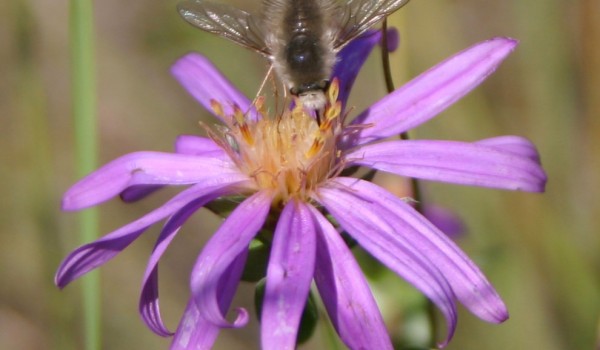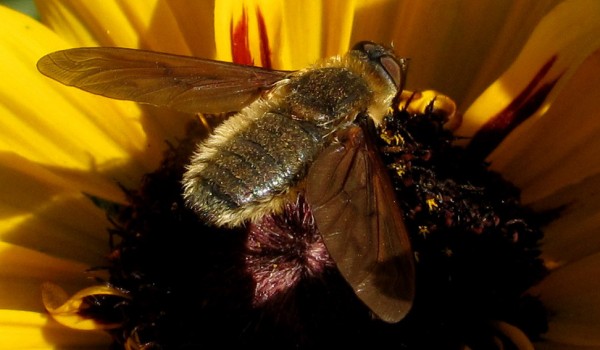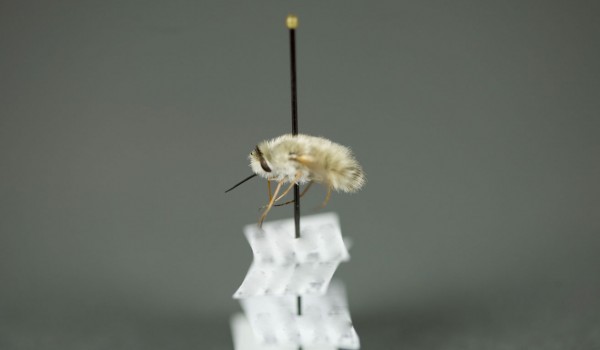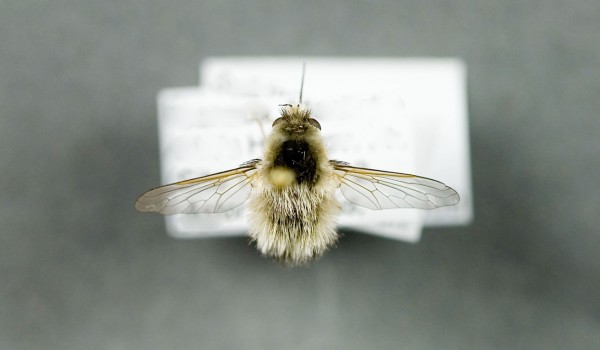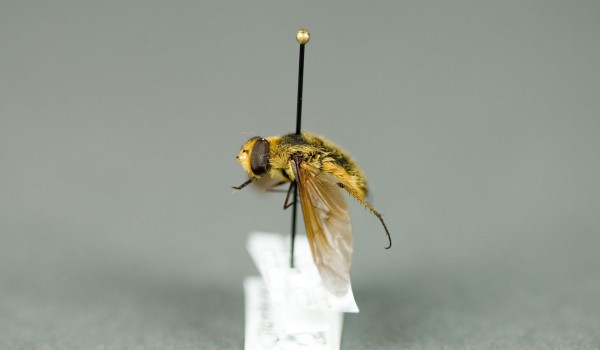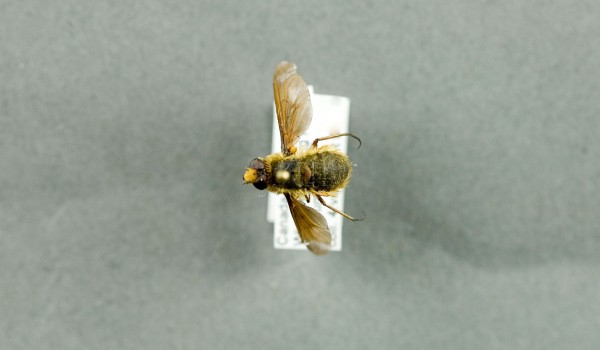Flies (Diptera)
Bee Flies
BombyliidaeBee Flies are so named because they make a high pitched buzzing sound when they fly. Adult Bee Flies are particularly fond of plants in the Aster family. Bee Flies beat their wings so fast that they can hover in the air like a hummingbird. Bee Fly larvae parasitize the eggs of other insects, typically bees, wasps or grasshoppers, slowly eating their hosts alive!
Representative Genera and Species:
Anastoechus, Bombylius, Poecilanthrax, Villa
Pollinator Life Cycle:
Adult female Bee Flies lay eggs in dry, loose soil where the larvae of host animals occur. After a Bee Fly egg hatches, the larva searches for a suitable host. Upon finding a host, the Bee Fly larva attaches its mouthparts to it and slowly consumes it. The larva then enters the pupal stage where it transforms into an adult.
Rarity Status:
No Bee Flies are legally protected in Canada. The status of Canadian species has not yet been assessed.
Physical Appearance:
Bee Flies have two membrane-like wings that often have interesting patterns on them. Bee Flies spread their wings out when they rest. Their bodies are typically covered with fine gray, yellow, brown and/or black hairs. Their legs are long and dangle when they fly. The mouthparts (proboscis) of bee flies are quite long, enabling them to probe deep flowers for nectar. Their antennae are short and pointed.
Pollinator Habitat:
Found in dry, loose, often sandy soils in grasslands and clearings.
Canadian Distribution:
- Alberta
- British Columbia
- Manitoba
- New Brunswick
- Newfoundland/Labrador
- Northwest Territories
- Nova Scotia
- Nunavut
- Ontario
- Prince Edward Island
- Quebec
- Saskatchewan
- Yukon
Prairie Types:
- Fescue Prairie
- Mixed Grass Prairie
- Tall Grass Prairie
Associated Plants:
-
 Black-eyed Susan
Black-eyed Susan
-
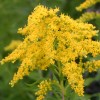 Canada Goldenrod
Canada Goldenrod
-
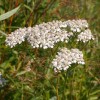 Common Yarrow
Common Yarrow
-
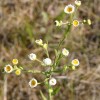 Daisy Fleabane
Daisy Fleabane
-
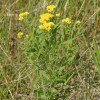 Flat-top Goldenrod
Flat-top Goldenrod
-
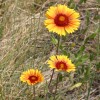 Gaillardia
Gaillardia
-
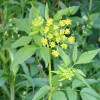 Golden Alexander
Golden Alexander
-
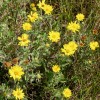 Hairy Golden Aster
Hairy Golden Aster
-
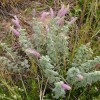 Hairy Prairie-clover
Hairy Prairie-clover
-
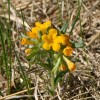 Hoary Puccoon
Hoary Puccoon
-
 Large-flowered False Dandelion
Large-flowered False Dandelion
-
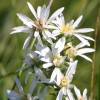 Many-flowered Aster
Many-flowered Aster
-
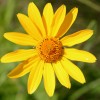 Narrow-leaved Sunflower
Narrow-leaved Sunflower
-
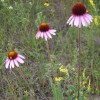 Purple Coneflower
Purple Coneflower
-
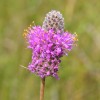 Purple Prairie-clover
Purple Prairie-clover
-
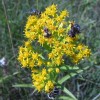 Riddell's Goldenrod
Riddell's Goldenrod
-
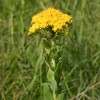 Rigid Goldenrod
Rigid Goldenrod
-
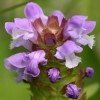 Selfheal
Selfheal
-
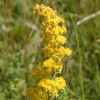 Showy Goldenrod
Showy Goldenrod
-
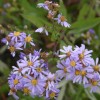 Smooth Aster
Smooth Aster
-
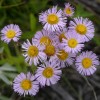 Smooth Fleabane
Smooth Fleabane
-
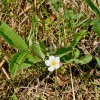 Smooth Wild Strawberry
Smooth Wild Strawberry
-
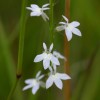 Spiked Lobelia
Spiked Lobelia
-
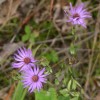 Western Silvery Aster
Western Silvery Aster
-
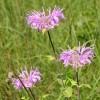 Wild Bergamot
Wild Bergamot






